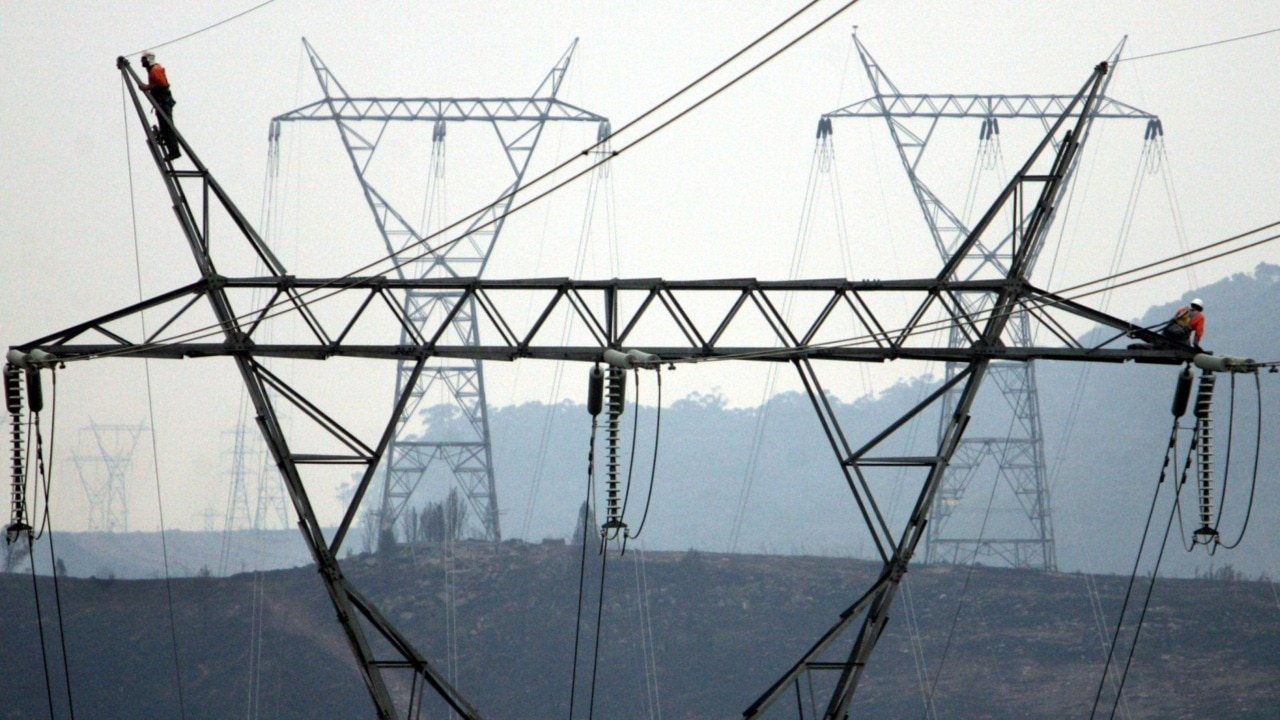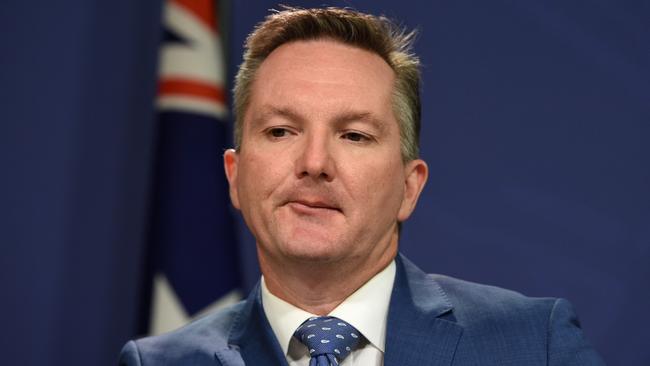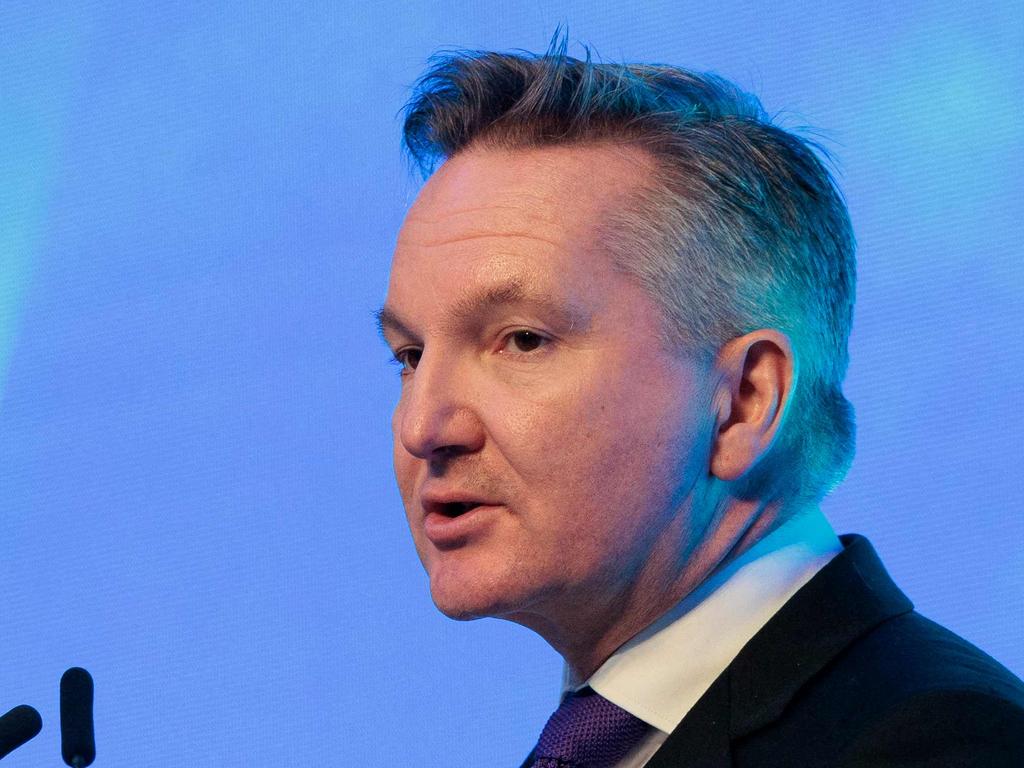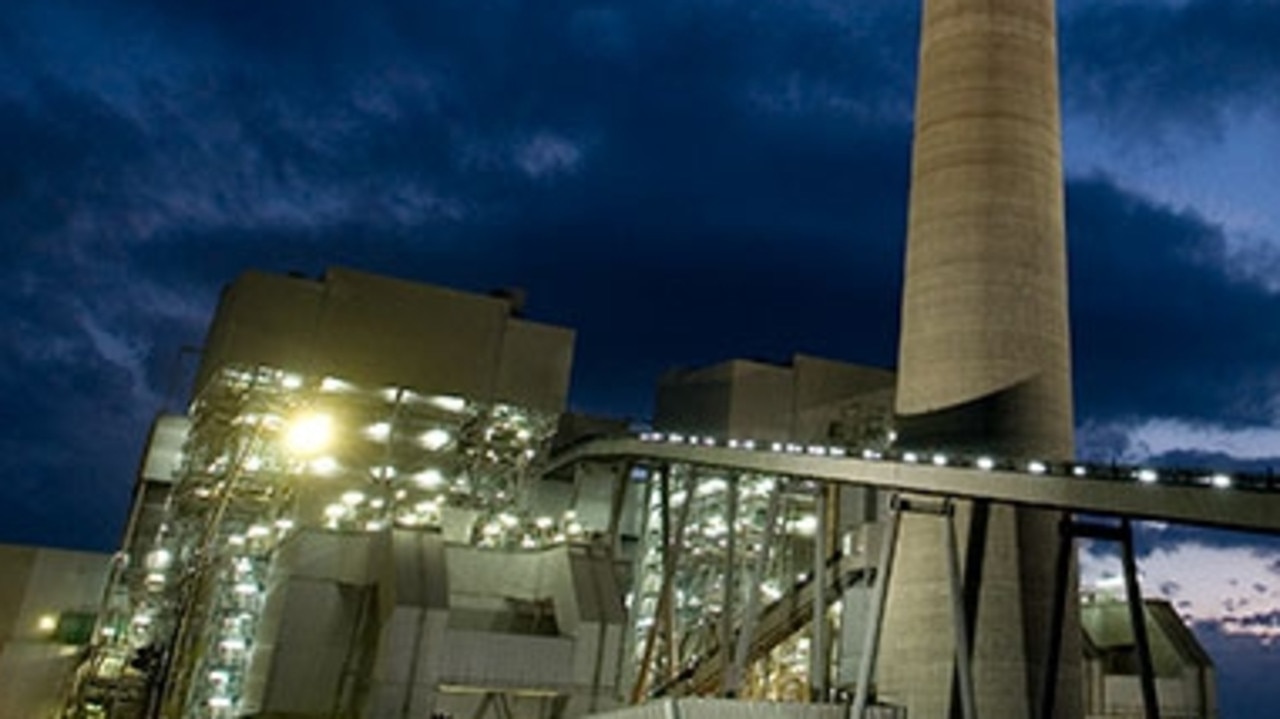Carbon credits boom tipped on demand from big polluters
Prices in Australia’s $4.5bn carbon credit market could more than triple over the next decade amid demand from the nation’s largest emitters under Labor’s tougher safeguard mechanism.

Prices in Australia’s $4.5bn carbon credit market could more than triple over the next decade amid demand from the nation’s largest emitters under Labor’s tougher safeguard mechanism.
New analysis from energy advisory RepuTex, which modelled Labor’s 2030 pledge to cut emissions by 43 per cent, said the value of Australian Carbon Credit Units would increase to a range of $60-$110 a tonne by 2032, up from $29 a tonne currently.
Demand from big polluters under the reworked safeguard mechanism was likely to fuel market and price growth, it found.
“The timing and scale of industry investment, and the cost of technology uptake, will drive market prices, with traditional export sectors likely to rely heavily on offsets, while other sectors of the economy will begin to make more transformational investments in low-emissions technologies,” the report, released on Tuesday, reads.
The operators of 215 large industrial facilities – contributing 28 per cent of Australia’s emissions – will be required to make reductions under Energy Minister Chris Bowen’s overhaul of the safeguard mechanism. The scheme is due to start in July 2023.
Buyer interest in carbon credits has been muted after Mr Bowen appointed former chief scientist Ian Chubb to carry out a review of the scheme following allegations by whistleblower Andrew Macintosh that a majority of carbon credits issued by the Clean Energy Regulator were flawed.
However, RepuTex said changes to the integrity of the main carbon offsets – human-induced regeneration, avoided deforestation and landfill waste gas – had already been factored into longer-term price expectations.

The likelihood of the Chubb review, due in December, triggering a large collapse in supply – and surging prices for carbon offsets – was probably overstated.
“We expect positive sentiment and early compliance contracting to lead to some uplift in prices after December as policy becomes more clearly defined, and facilities begin to lock in forward contracts for eligible carbon offsets at larger volumes,” RepuTex managing director Hugh Grossman said.
“This should see heavy industries rely on carbon offsets before they begin to invest in larger, more transformative projects to reduce emissions, which will take time to develop.”
Under Labor’s Powering Australia climate plan, the upgraded safeguard mechanism will deliver a 213 million-tonne cut to greenhouse gas emissions by 2030.
Anthony Albanese has promised to reduce the baselines over time to better align with Australia’s net zero by 2050 goal after RepuTex analysis found emissions covered by the mechanism had grown by 7 per cent since it began in July 2016.
Although baseline decline rates are expected to be between 3.5 per cent and 6 per cent each year, a government consultation paper in August said emissions reduction could be lower during the initial two-year transition period, before increasing from 2025.
The former Coalition government made a major change to the carbon offsets market in March, allowing owners of land-based schemes to sell ACCUs on the open market rather than at lower prices to the commonwealth.
As a result the price of ACCUs crashed by more than a third, given market fears of an oversupply of the units over the next few years. Prices have recovered by about a quarter and are trading at $30 a tonne. RepuTex said near-term price rises would be controlled by the current surplus of supply in the forward contract market, following changes to allow contract holders to exit the Emissions Reduction Fund and deliver newly issued carbon offsets to private buyers.

“Industry now has access to a deep, plentiful pool of cost-effective domestic offsets, which should help to limit high prices in the early years of the new Safeguard scheme, even after we account for possible supply changes under the Chubb review,” Mr Grossman said. “As facilities become more accountable to their declining emissions baselines, this pool of offsets will enable industry to begin to transition at least cost, in parallel to decision making on larger capital investments for on-site emissions reductions.”
Major industry lobby groups, including the Business Council, have argued for a cap on the price of ACCUs if lower-quality units are excluded from the market, fearing a spike in the price of offsets if demand outstrips supply.
Recent analysis by investment house Allan Gray concluded that concerns about the integrity of the ACCU scheme were “valid and warrant further investigation”.
Some 30 per cent of ASX 200 companies use carbon credits to reduce their emissions.
Current definitions suggest 80 per cent of covered emissions and over half of all safeguard facilities could be classified as emissions-intensive and trade-exposed industries, with exemptions potentially undermining climate goals.








To join the conversation, please log in. Don't have an account? Register
Join the conversation, you are commenting as Logout